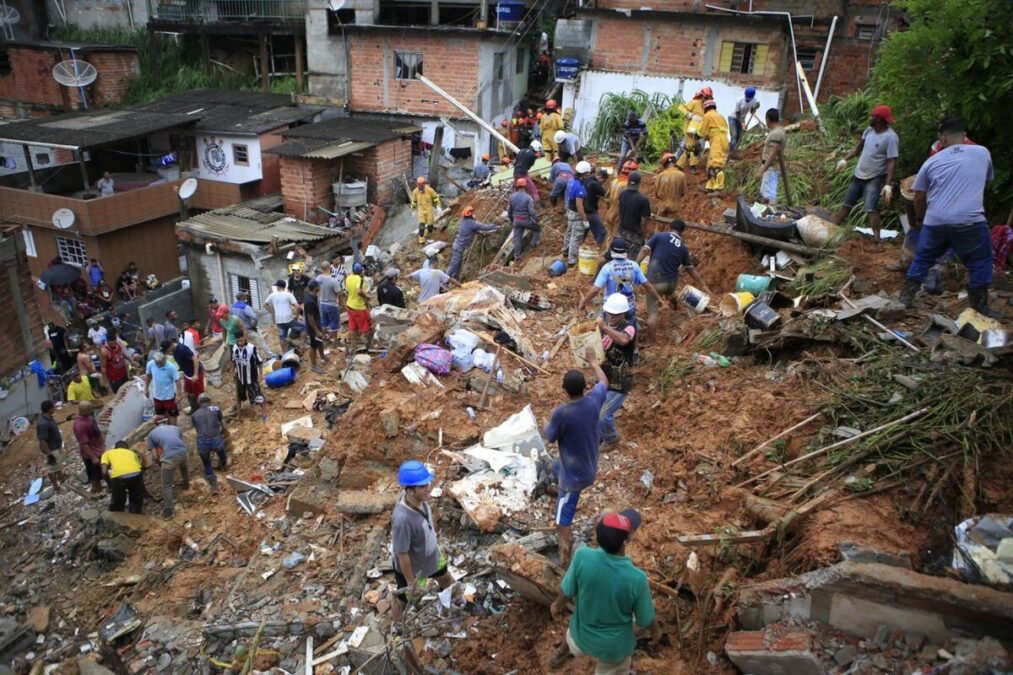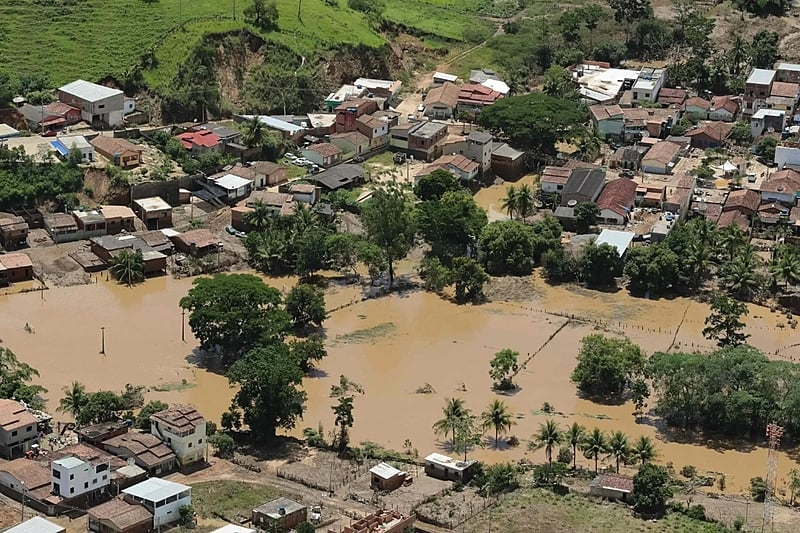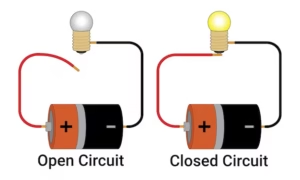Heavy rains keep battering the Greater São Paulo region, which has brought over 1.4 million homes without electricity. This article reviews the situation of these rains and elaborates on how they affected the local communities. As such, it sheds light on ongoing recovery efforts in the city, with worst weather conditions having triggered a response that has shaken all sectors of life.
Summary of Heavy Downfalls on Greater São Paulo
The heavy downfalls that besieged Greater São Paulo recently were much heavier than usual, and led to several cases of flooding, structural damage, and blackouts throughout the city. In terms of warnings by meteorologists, no one could have envisioned the extent of the devastation. Several neighborhoods and municipalities within the city of São Paulo were even worse off in which streets became rivers, causing flooding in the houses.
These rains turned out to be among the heaviest in history and saw the city have more than 100mm of rain in just a few hours. Floods blocked major roads, made transportation nearly impossible, and left homes without power for days. In fact, for most people, it has become a struggle for survival.
What Caused the Power Outages?
The primary reason behind such widespread power outages is the overloading of the rains to the regional electrical infrastructure. In a lot of places, fallen trees, landslides, and floods damaged the power lines and substations, thus blocking electricity supply to millions of homes. In many areas, high-voltage power lines were covered with water fully, rendering the repairs hazardous and complex.
Another contributing factor was the flooding of electrical control centers, which delayed responses and affected the distribution of power across affected regions. In addition, heavy winds accompanying the rains caused further infrastructure damage.
Impact on Local Communities

Impacts of losing power have run deep into the bigger city of São Paulo. About 1.4 million people lost their electricity with some people losing electricity even for days. So far, a family’s ordeal has lasted for four days.
Transportation and Communication Issues
Traffic lights had been gone and public transportation didn’t exist, so crossing the city was nearly impossible. The roads were blocked either by falling/ floating debris and/or flooding, making travel next to impossible. Phone and internet services also were severely interrupted so most people could not call loved ones or retrieve necessary information.
Health and Safety Concerns
Many homes left their refrigerators idle in this process, with food going bad instead. With generators unable to support most of the services, hospitals became overwhelmed. Many of the ill and elderly people, obviously, found the heat unbearable with no means of air conditioning or fans.
Challenges to Resume Power
Despite the best efforts of the recovery teams, several challenges remain that slow down the process. Continuous rain has made it impossible to access some of the more heavily flooded areas. Also, many roads have been closed due to land slips, further complicating a simple means of transport for all necessary equipment.
The other major challenge is danger to workers. Man has such a short lifespan, and combining the use of high-voltage equipment with wet conditions during restoration makes it dangerous. Many areas have slowed up the process due to safety precautions.
Approximated Time Frame For Power Restoration
Though it’s being restored gradually, officials say it could be a few more days before all affected areas receive full power supply. Utility companies are spotlighting hospitals and emergency services and densely populated places, but remote neighborhoods may lose power for even longer.
Climate Changes and Increased Rainfall
Experts say such events are slowly turning into a cycle due to climate change. The rain in Greater São Paulo is one such example of how even urban cities can be turned inside out because of a shift in global weather dynamics.
Heavy rainfall increases the moisture levels in the atmosphere and therefore leads to stronger storms, later developing into powerful storms with significant rainfall. São Paulo faces great danger due to its vast urban sprawl, which has accelerated the pace of development. The land surface, initially able to absorb water, has gradually lost that capacity with increasing rates of development, thus experiencing frequent and massive floods.
Greater São Paulo is preparing for future rains through:
This calls for redevelopment and rethinking as to what should be done to be better prepared for rainy weather emergencies. Some of these efforts include enhanced drainage systems, more resilient designs in flood defenses, and making the city’s electrical grid more resilient against extreme rains. Early warning systems will also be improved to give residents ample time to prepare ahead for heavy rains.
Public campaigns were undertaken to make people aware of what to do if another disaster were to strike, and vulnerable places have been kept sheltered for safe protection.
Conclusion
Heavy rains in the broader Metropolitan Area of São Paulo have wiped out the lives of millions, as several parts of the city continue to grapple with daily battles caused by power outages. As the region returns to normalcy, focus turns toward future-proofing the city against that growing extreme weather threat. As work is on to get the electricity going once again, much more needs to be done to prevent such a massive disaster from happening again.



















